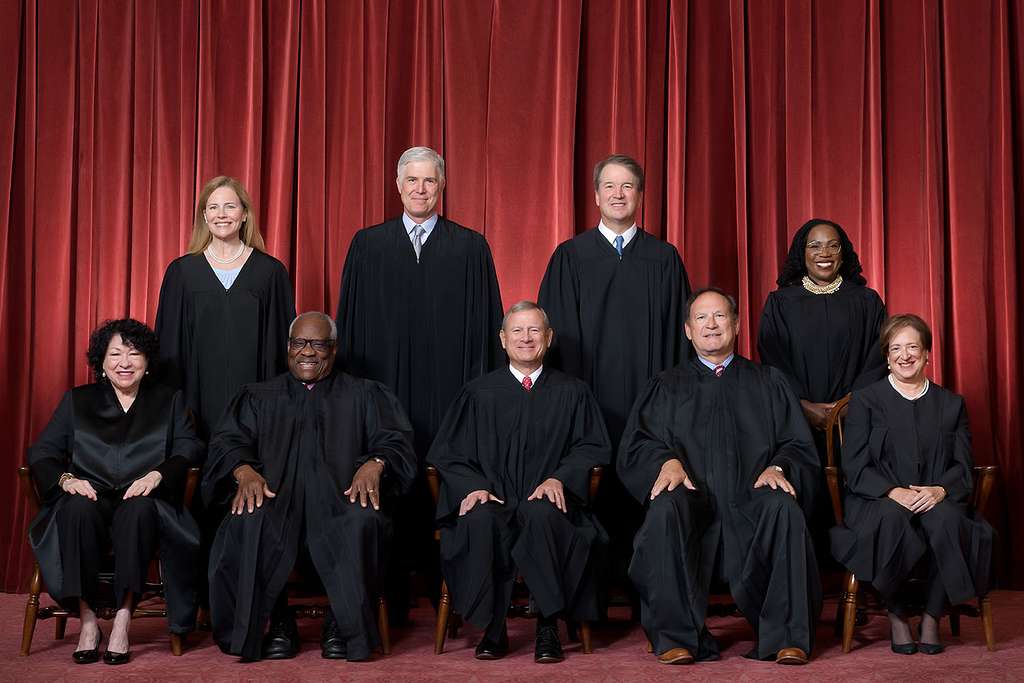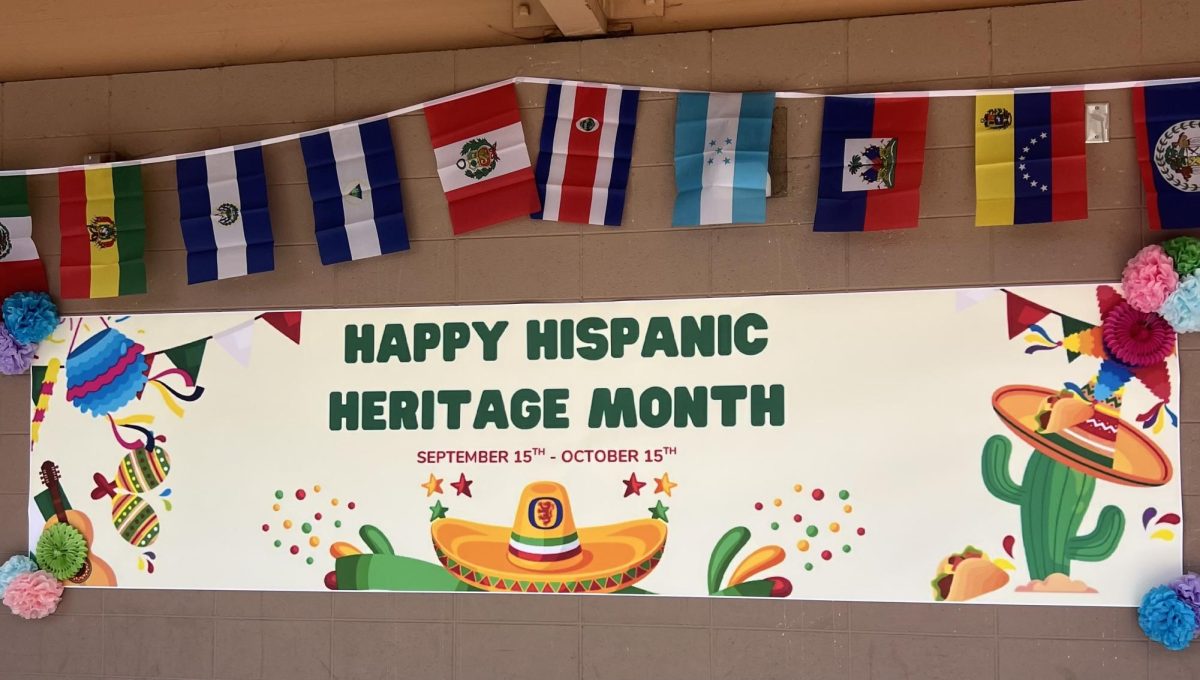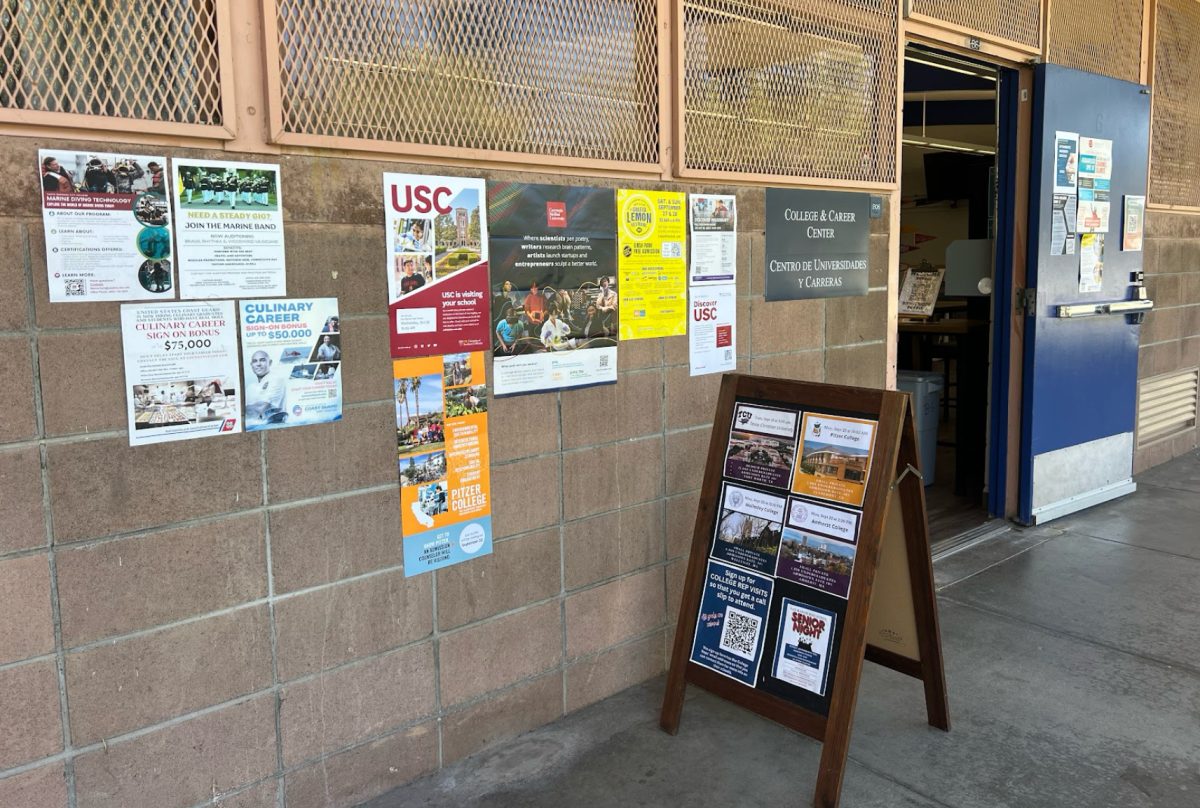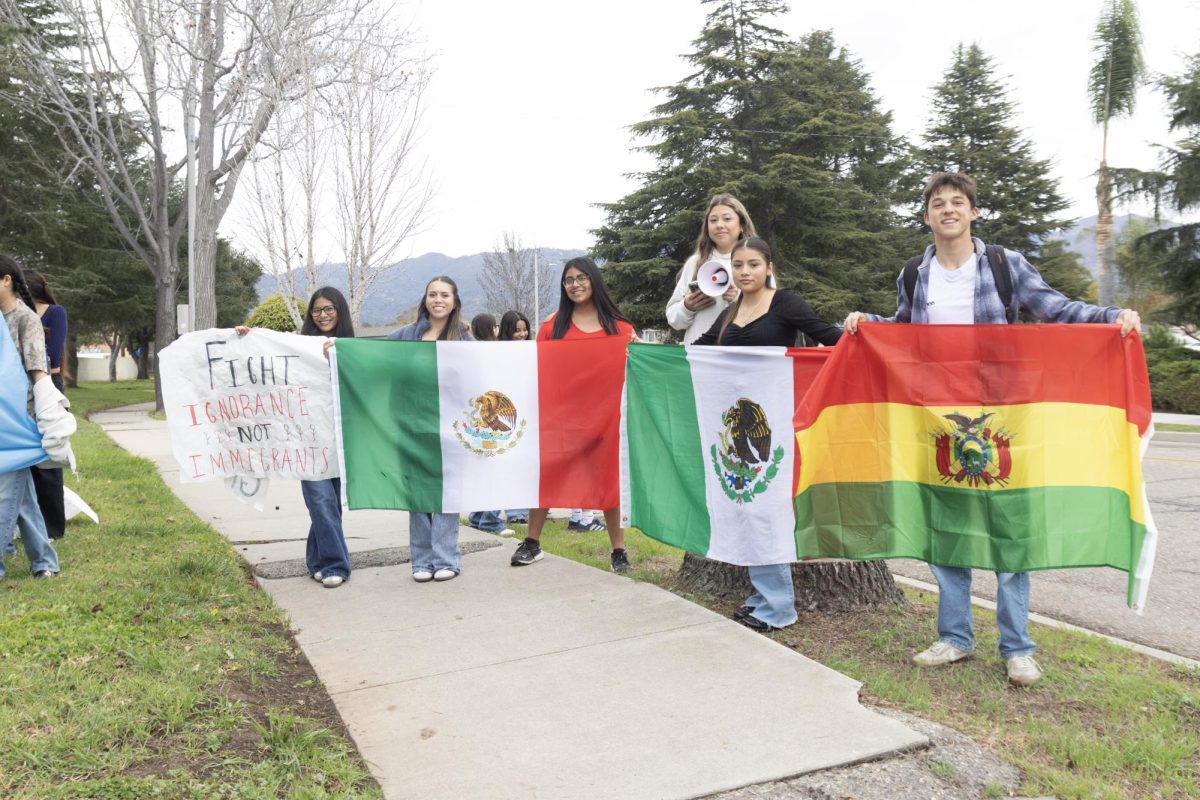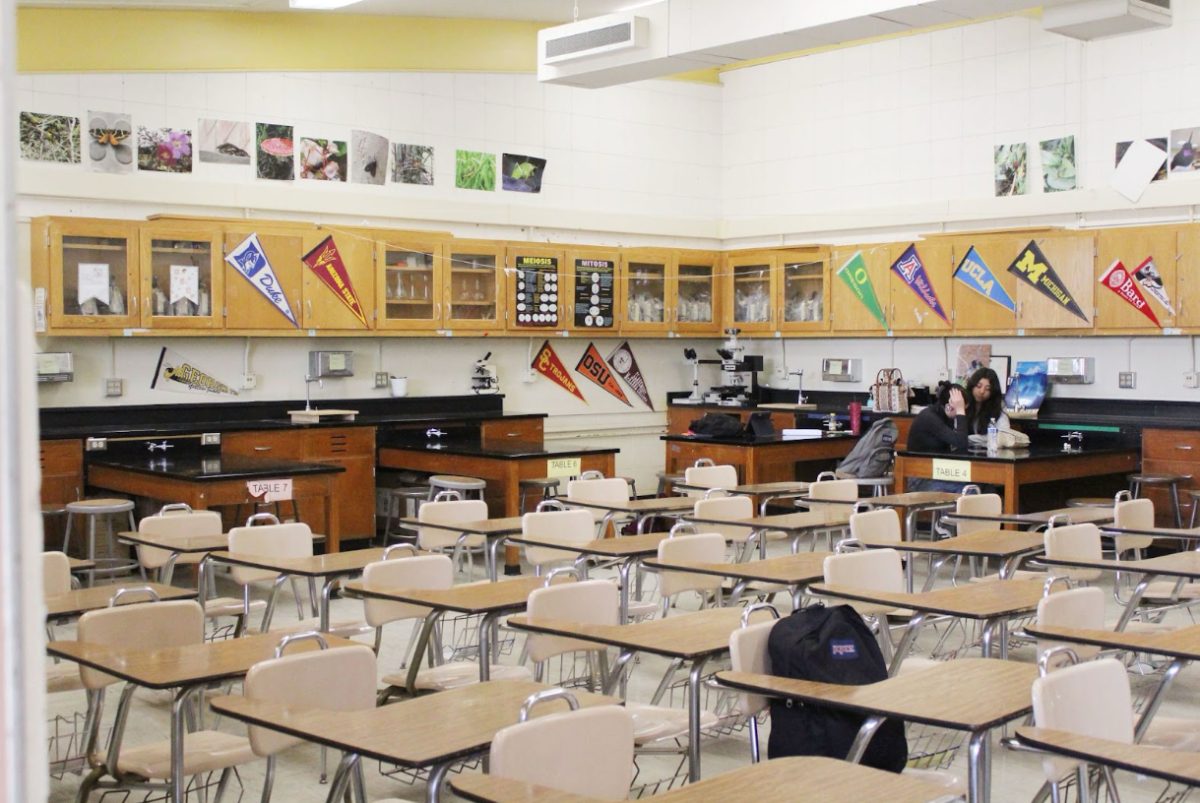Every year, 25-30 million real Christmas trees are sold in the U.S. Christmas trees are one of the most iconic symbols of Christmas. In the past couple of years, people have been debating whether real or artificial trees are better. I personally prefer real trees because of the benefits to the environment, but I also think that artificial trees have their own benefits.
Greenhouse gasses like Carbon Dioxide and Methane trap heat in our atmosphere. The more gasses are released into our atmosphere, the worse climate change gets. Trees take in carbon dioxide from the air and store it in their wood. Every year, about 73 million new Christmas trees are planted and they each take about six years to grow large enough to sell. Currently, it is estimated that there are 350 million trees growing in the U.S. alone. However, harvesting 80-90 million trees worldwide with 30-40 million being in the U.S. is not very environmentally friendly and partially defeats the purpose of planting the trees in the first place.
While planting Christmas trees is great for the environment, many Christmas trees are sprayed with harmful pesticides that harm the environment and humans. Many farms use a pesticide called glyphosate, which is also known as Roundup. It has been linked with causing cancer. Even though Roundup is bad for the environment, farms use very little and they only sprinkle it on the soil as opposed to on the actual plant, minimizing the possible damage that the chemical could cause.
The spruce smell that real Christmas trees have is amazing. It helps set the Christmas atmosphere and has that classic holiday scent. With an artificial tree, you do not get that scent which really ruins the Christmas mood. Many people have allergies that are triggered by pine needles or the pine smell. This can ruin a lot of aspects of Christmas for people who experience allergies. If you have allergies then you should opt for an artificial tree.
Christmas trees can also be expensive. Real trees cost an average of $70 and artificial trees cost an average of $100. Even though you must purchase a new real Christmas tree every year, the vast majority of Christmas tree farms are small businesses. When you purchase an artificial tree you are supporting a big company that manufactures more and more plastic each year. So although artificial trees are cheaper, think about which business you would rather support.
The majority of artificial trees are manufactured in China. They are made with metal and plastic which are horrible materials for the environment. Then they have to be transported to various countries including the U.S. and Europe. This produces a lot of carbon emissions. According to Ellipsos, the process of manufacturing and transporting an artificial tree emits about 8.1 kg of CO2, while transporting and harvesting real trees only emits 3.1 kg of CO2. Artificial trees, however, last more than a year. Overall, for the environment and many other reasons the better option is a real tree. If you do want to buy an artificial tree then make sure to use it for multiple years.
The Christmas tree issue is surprisingly more complicated than it would seem. At the start of writing this article I was pro artificial trees but while researching I have realized that I prefer real christmas trees. Depending on your needs, the Christmas tree you should purchase will differ. Real Christmas trees are far more beneficial to the environment and just overall better, but if you want to save money an artificial tree is the best option.


